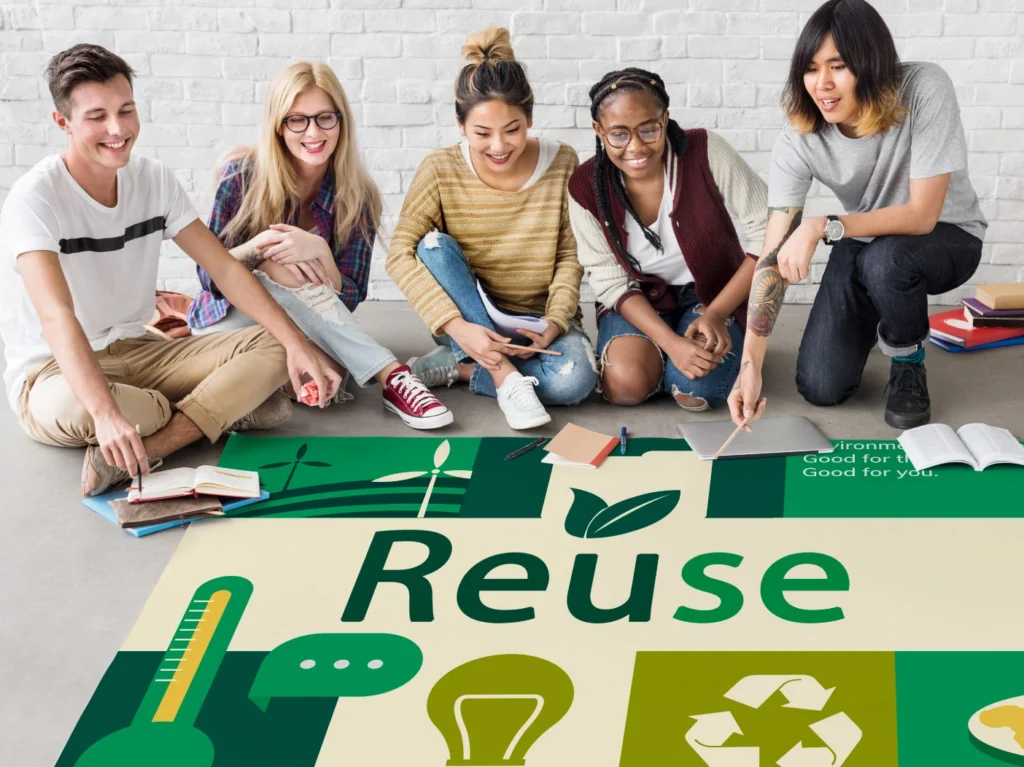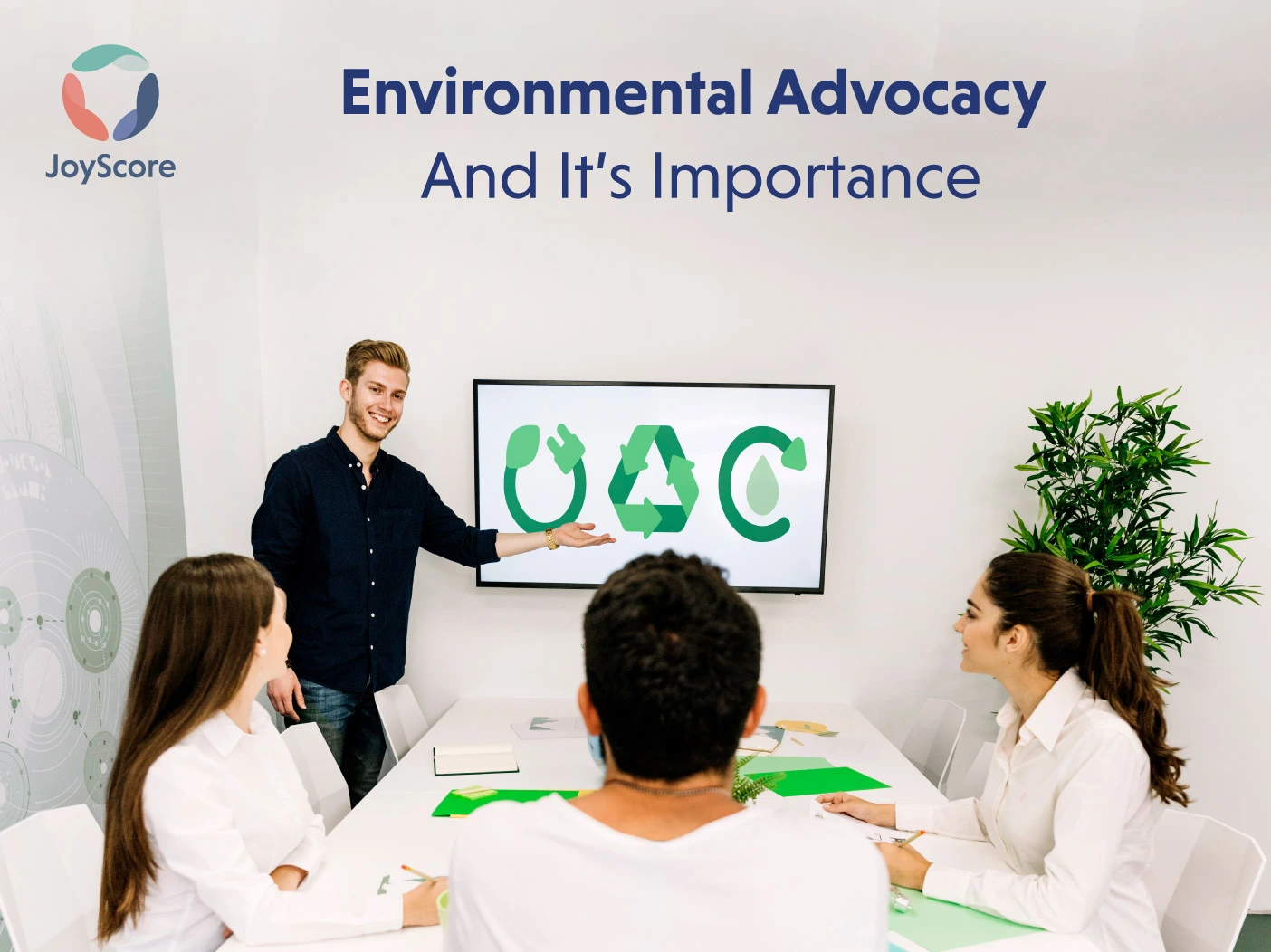What is environmental advocacy?
Environmental advocacy is the broadcasting of strongly opinionated information on nature and environmental concerns with the goal of persuading the audience to adopt more environmentally conscious behaviors and, frequently, more biocentric worldviews. Any of the aforementioned environmental communication genres may include environmental activism.
Our planet needs all the environmental advocates it can get to take the necessary measures for advocacy about environmental protection. Given the unsustainable increase in global population, severe environmental degradation, and unrestrained consumption.
Numerous measures, some more unexpected than others, can be taken to begin living a more ecologically friendly life. Here are some alternatives if you’re interested in contributing.
Who is an Environmental Advocate?
An environmental advocate is an individual who works tirelessly to ensure that the environment is protected and preserved. They are passionate about environmental issues and use their knowledge and expertise to create awareness while also educating the public about the importance of environmental conservation. An environmental advocate may work for an environmental organization or maybe an independent activist, but their goal is always to create a positive impact on the environment.
In today’s world, the role of environmental advocates has become increasingly important due to the many environmental challenges that our planet faces. It is essential that we recognize the efforts of environmental advocates and support their work to ensure a healthier and sustainable future for ourselves and generations to come.
Why is advocacy for the environment needed?
Advocacy for the environment is crucial in today’s world because our planet is facing numerous environmental challenges, such as climate change, deforestation, pollution, and loss of biodiversity. These issues can have a significant impact on the health and well-being of humans, animals, and ecosystems.
Environmental advocacy can help bring attention to these issues and promote policies and actions that protect the environment and address these challenges. It also encourages people to take an active role in their communities and participate in political and social movements that promote environmental sustainability and social justice.
Environmental advocacy can help ensure that decision-makers prioritize the environment and take steps to protect it for future generations. It can also educate the public about the importance of environmental protection and promote sustainable behaviors that can help reduce our impact on the planet. In short, environmental advocacy is crucial in the fight to create a more sustainable and equitable world.
How to get people involved in environmental advocacy?
The initial step in environmental advocacy might be modest and easy, like taking on a volunteer activity where you plant trees or pick up beach litter. This can assist someone in becoming more at ease with activism and identifying a specific environmental subject that interests them.
They might then be prepared to join a broader movement or be motivated to raise awareness on their own. Working with political officials and local leaders can give individuals the confidence to utilize their own voices in action and can help to clarify the government’s role in protecting the environment.
How to teach people about Environmental Advocacy?
Here are some ways you can save our environment and ecosystems and also teach people about environmental advocacy.
- Follow the 3 R’s: Reduce, Reuse, and Recycle the paper.
Paper reduction/recycling
What should you do with your out-of-date books and textbooks? Why not send them overseas to nations where children have little to no access to educational materials or give them to children in need in your neighborhood? Although books on a bookshelf are harmless, why not reuse them in order to conserve resources?
Similarly, recycling old paper will save forests and forest ecosystems by lowering the demand for raw materials for paper manufacture. Thanks to the development of technology, paper is no longer required for anything, even completing online assignments and taking exams. We can easily transition away from paper-based activities at all levels by utilizing smart technologies that are currently accessible, resulting in the reduction of the use of paper.

- Increase your recycling as much as you can.
Recycling is a quick and easy way to save resources and lessen your personal carbon impact. When depositing your recyclables in a recycling bin, separate your plastic, paper, and metal garbage. Doing this will prevent littering. Recycling creates a circular economy and reduces waste in landfills, the use of raw materials, and the consumption of fossil fuels.
- Save! Save! Save! Not just your money but natural resources as well!
Save resources like water and fossil fuels because they aren’t enough for everyone if we don’t use them wisely.
Saving water is crucial for freshwater habitats because of this. You can save liters of water by taking shorter showers, using less water when you wash your clothes, and turning off the faucet when brushing. Similarly to this, it’s crucial to pay attention to how much electricity you use and make changes to your habits in order to lower your energy usage and protect fossil fuel supplies. While public and private organizations prepare for the transition to sustainable alternatives, we can lessen our reliance on fossil fuels by doing our part at home and at work.
- Control the shopaholic in you.
Consider your shopping preferences. Do you make poor purchases? Is it possible for you to survive without buying certain items that you regularly purchase? By simply buying what you need, whether it be for food, clothing, accessories, or household items, you cut down on waste production and pollution. Due to the scarcity of natural resources, overconsumption can be detrimental to the biodiversity of our world.

- Sustainability is the key: shopping with sustainability in mind.
The most significant source of soil and sea pollution, which threatens both land and marine life, is plastic. Because plastic doesn’t biodegrade, animals frequently eat it because they confuse it for food. Be conscious of a product’s effect on the environment and how it should be disposed of when finished. Businesses are being questioned about their environmental impact, and shifting customer behavior is pressuring them to become more sustainable. Today, it is simpler to learn about the items’ origin, materials, and recyclability thanks to the availability of various sustainable brands. Try to look for more environmentally friendly substitutes for plastic when purchasing toys and home decor or office or school supplies like pencils and folders.



